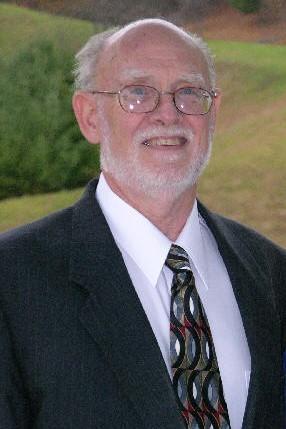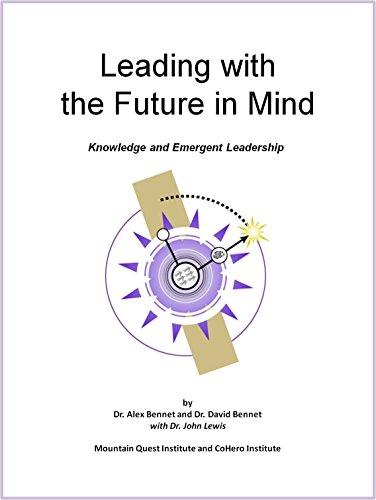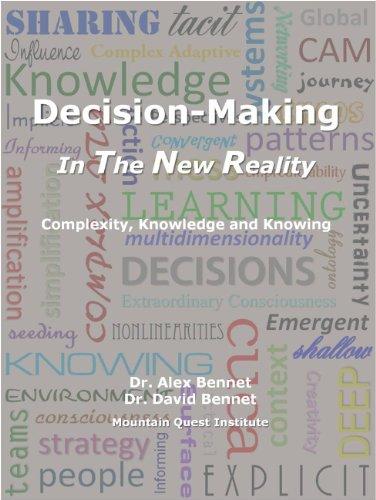Lucidea’s Lens: Knowledge Management Thought Leaders Part 61 – David Bennet

Stan Garfield
After the first 60 posts in this series featured women who are thought leaders in knowledge management, the next 60 will be about men. This is the first one in the second half of the series.

David Bennet is the cofounder, with his wife Alex, of the Mountain Quest Institute. MQI is a center focused on achieving growth and understanding through questions about knowledge, consciousness, and meaning. He and Alex co-wrote many books, book chapters, and articles.
David was CEO, Chairman of Board, and CKO of Dynamic Systems, Inc. from 1990 to 2002. He led and managed this professional services firm. David was an advisor to senior leaders in government and industry in areas of strategic planning, decision-making, knowledge management, organizational learning, acquisition reform, enterprise alignment, integrated product teams, and integrated product and process development. He holds six degrees: BA, BS, MS, MLA, MA, and PhD.
Selected Books


The fallacy of knowledge reuse: Building sustainable knowledge (with Alex Bennet)
Differentiating Knowledge (excerpt)
The term knowledge is often used in organizations, popular literature, and technology solutions to mean the same thing as “information.” Recognizing that knowledge is the result of associative patterning in the brain, we choose to consider knowledge as comprised of two parts: Knowledge (Informing) and Knowledge (Proceeding). This builds on the distinction made by Gilbert Ryle between “knowing that” and “knowing how.”
Knowledge (Informing), or KnI, is the information (or content) part of knowledge. While this information part of knowledge is still generically information (organized patterns), it is special because of its structure and relationships with other information. KnI consists of information that represents insights, meaning, understanding, expectations, theories and principles that support or lead to effective action. When viewed separately this is information that may lead to effective action. However, it is considered knowledge when it is used as part of the knowledge process. Note that when “knowledge” is described and stored in a database or book, only the information part of that knowledge is stored, often considered as knowledge artifacts.
Knowledge (Proceeding), KnP, represents the process and action part of knowledge. KnP is the process of selecting and associating and applying the relevant information (KnI) from which specific actions can be identified and implemented, that is, actions that result in some level of effective outcome. There is considerable precedence for considering knowledge as a process versus an outcome. As Kolb (1983) forwards in his theory of experiential learning, knowledge retrieval, creation and application requires engaging knowledge as a process, not a product. The process our minds use to find, create, and semantically mix the information needed to take effective action is often unconscious and difficult to communicate to someone else. The more complex a situation, the more difficult it is to find a solution, and the larger the role played by tacit knowledge in our unconscious mind.
Tacit knowledge (Knt) is the descriptive term for those connections among thoughts (neuronal patterns) that cannot be put into words. It is a knowing of what decision to make or how to do something that cannot be clearly voiced in a manner such that another person could extract and re-create that knowledge. An individual may or may not know they have tacit knowledge in relationship to something or someone. But even when you know you have this knowledge you are unable to put it into words or visuals that can convey it. To “convey” is to cause something to be known or understood or, in this usage, to transfer information in a manner such that the receiver is able to re-create the intended knowledge. In contrast, explicit knowledge (Kne) is the process of calling up information (patterns) and processes (patterns in time) from memory that can be described accurately in words and/or visuals (representations) such that another person can comprehend and re-create that knowledge. This has historically been called declarative knowledge. We use the term implicit knowledge (Kni) to refer to knowledge stored in memory of which the individual is not immediately aware. While this knowledge is not accessible on demand, it may be pulled up when triggered (associated). In other words, implicit knowledge is knowledge that the individual does not know they have but is self-discoverable! Implicit represents a mobile spectrum between explicit and tacit.
There are four aspects of tacit knowledge: embodied, intuitive, affective, and spiritual. Embodied tacit knowledge (both kinesthetic and sensory) is knowledge represented in material form stored within the body. Intuitive tacit knowledge is a sense of knowing based on life experiences, or as Antonio Damasio put it, “the mysterious mechanism by which we arrive at the solution of a problem without reasoning toward it.” Affective tacit knowledge represents feelings that are not expressed—perhaps not even recognized. Spiritual tacit knowledge is a form of higher guidance with unknown origin, providing a transcendent frame of reference that puts things in relationship to a larger perspective while promoting self-knowledge and learning.
Sustainable knowledge is considered as knowledge that is robust enough to handle some level of variability within its domain of action and can be dynamically modulated to handle large-scale changes, uncertainties or increasing complexities within that domain.

Stan Garfield
Enjoy Stan’s blog posts offering advice and insights drawn from many years as a KM practitioner. Learn about Lucidea’s Presto, a single knowledge curation venue for managing, finding and sharing organizational knowledge resources. Presto makes it easy to connect people with the information they need, so they can spend less time searching and more time doing.
Never miss another post. Subscribe today!
Similar Posts
Lucidea’s Lens: Knowledge Management Thought Leaders Part 79 – David Garvin
KM expert David Garvin was a proponent of organizational learning to counter unpredictability in market forces and technology advances.
Lucidea’s Lens: Knowledge Management Thought Leaders Part 78 – Carl Frappaolo
KM expert Carl Frappaolo was the creator of Delphi’s Knowledge Management Methodology (KM2)
Lucidea’s Lens: Knowledge Management Thought Leaders Part 77 – Leif Edvinsson
Leif Edvinsson, Professor Emeritus at Lund University in Sweden, specializes in Intellectual Capital Management of Enterprises, Cities, and Nations
Lucidea’s Lens: Knowledge Management Thought Leaders Part 76 – Seth Earley
Seth Earley works in cognitive computing, knowledge engineering, data management systems, taxonomy, ontology, and metadata governance strategies.

Leave a Comment
Comments are reviewed and must adhere to our comments policy.
0 Comments